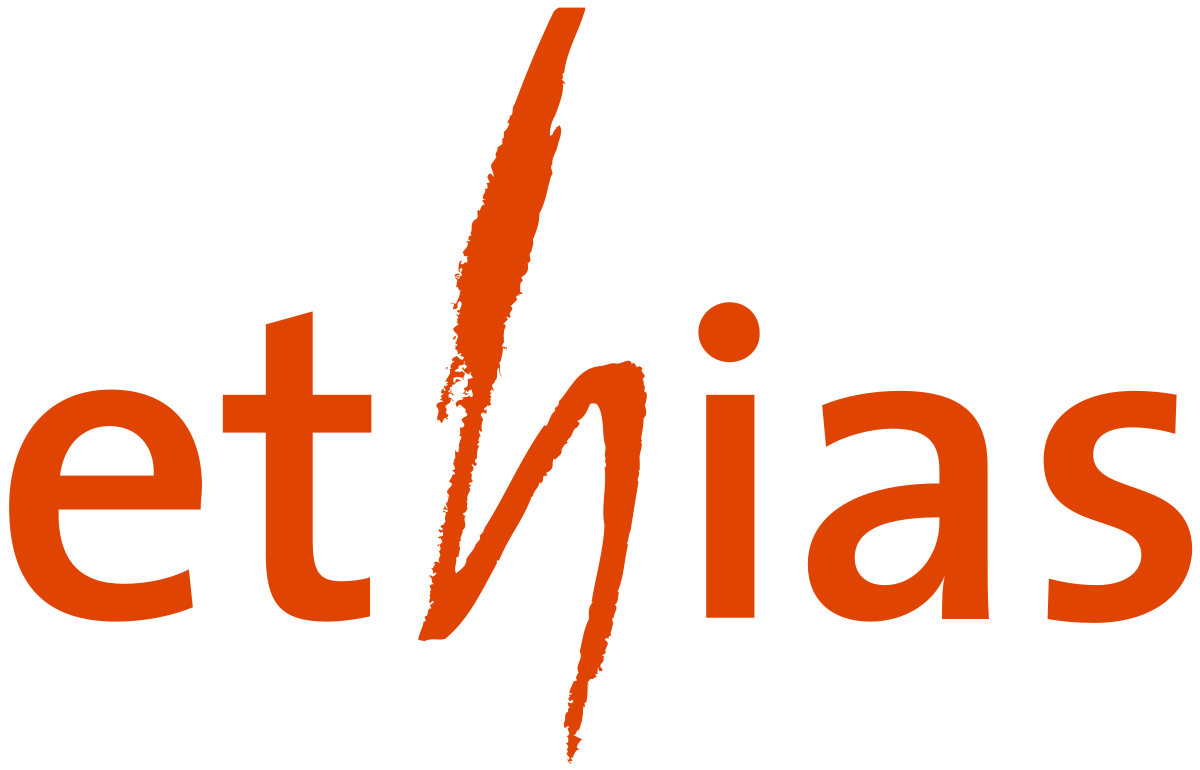A.I. for Insurance
Sidebar
People involved
-
SINGH Akash
Researcher
-
ITTOO Ashwin
Supervisor
Project partner

Mining & social networks and mathematical modelization via Belief Functions
The Context
The emergence of Artificial Intelligence (AI), Big Data and new methods in Data Science is deeply changing the world for all companies, and especially for insurance companies. Insurers have the particularity to face an “inverted product cycle” (i.e. they sell products without knowing the real cost, which depends directly upon random factors). Data has therefore always been at the heart of the insurance business, which has to use all possible (sources of) information to evaluate insurance risks. The raise of a data market with innovative data sources, and the development of new (machine learning) methods open many additional possibilities for insurers, for example in the field of marketing, with the possibility to tailor the insurance offering to ever more demanding customers.
The Challenge
Belgian insurers are evolving in a nearly saturated and therefore extremely competitive (non-life) market. It is therefore very important for the insurers to adopt the best strategies in order to (1) increase the New Business and to (2) limit the negative impact of churn. State-of-the-art methodologies (machine learning, deep learning, …) and new tools are essential to thrive, in particular for Ethias, one of the top companies yet only active on the Belgian insurance market, which also ambitions to be the first phygital insurance company. In a world characterised by both risk and uncertainty (Keynes, Knight), Belief Functions constitute adequate tools, as they allow to handle uncertainty, therefore extending the classical notion of probability (used to handle risk and used by the actuaries).
Key Question & Goals
Based on the aforementioned elements, the key question here can be formulated as follows:
How can we better formalize, model and predict customers’ behaviour and preferences by combining Belief Functions and Machine (Deep) Learning methods?
This key question can be broken down into a several sub questions, namely:
- When to contact a customer (loyal and churn)?
- What products (services) to recommend?
- What are the determinants of churn?
- Who is likely to churn; and when?
- What can be inferred from non-conventional sources (emails, phone transcripts, …) about churning behaviour?
To address all these questions, novel methods based on Belief Functions and Machine (Deep) Learning will be developed.
About Ethias
In 1919, a group of municipal and provincial authorities founded the “Société Mutuelle des Administrations Publiques” (abbreviated as SMAP, now Ethias) for insurance against fire, lightning and explosions. Although the legal form has evolved over time, it remains imbued with this philosophy. This was the beginning of a rich history with various turns and many successes, leading Ethias to become a strong insurance group, which today has over 1 million policyholders. The majority of Ethias’ activities are focussed on the Belgian market. Ethias is the country’s fourth-largest insurer, for all activities combined, with a 9.1 % market share, and is the country’s premier insurer of the public sector and its agents. The whole Ethias innovative process aims at providing a better phygital service to policyholders, always in search of excellence, including by supporting academic research.